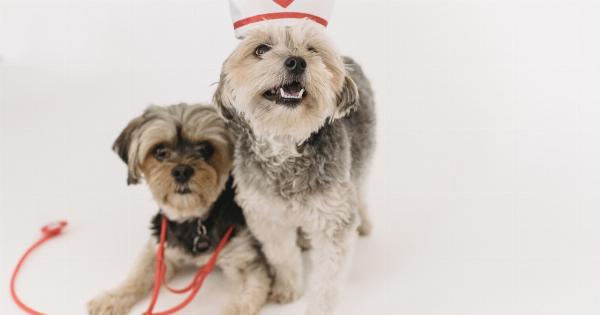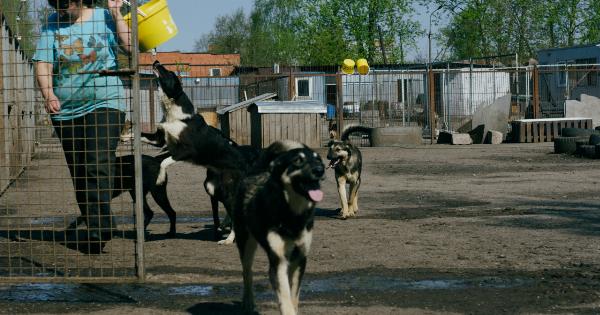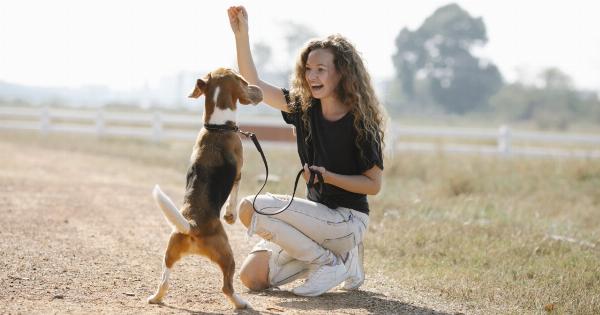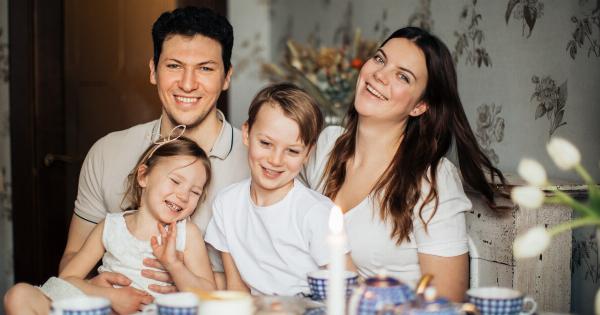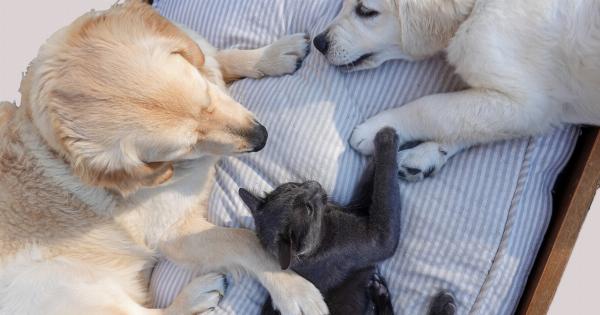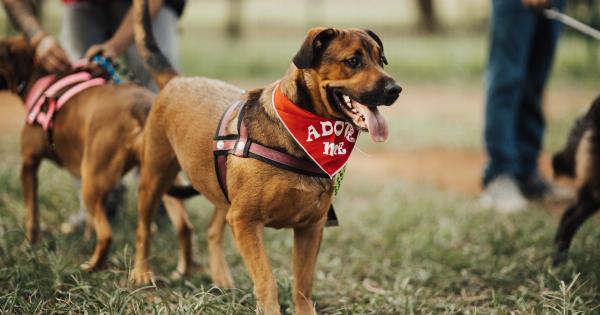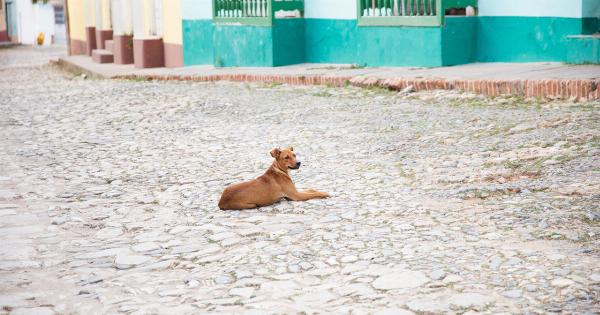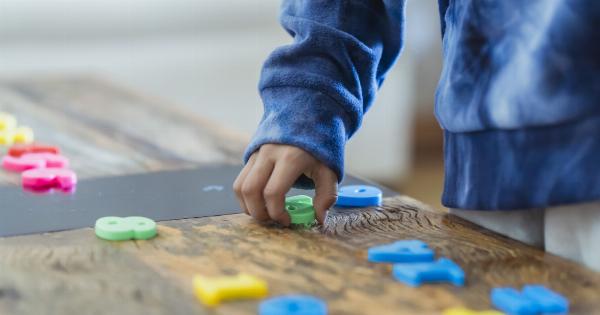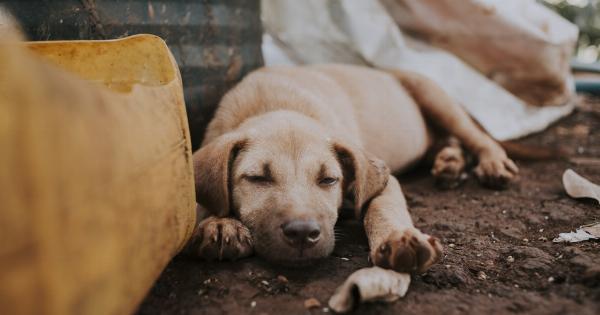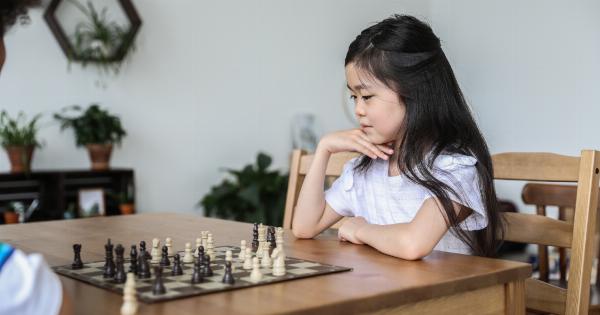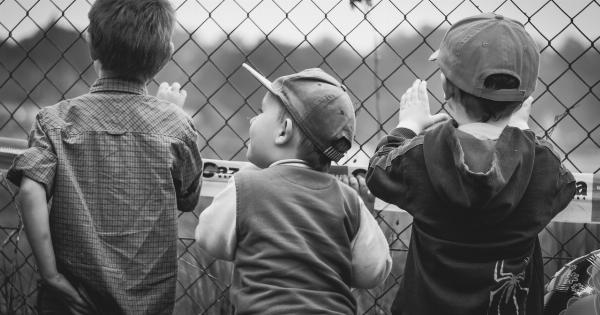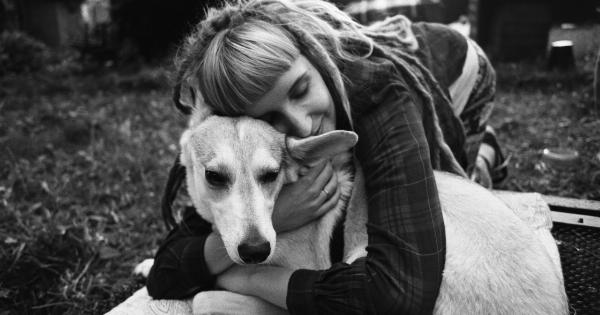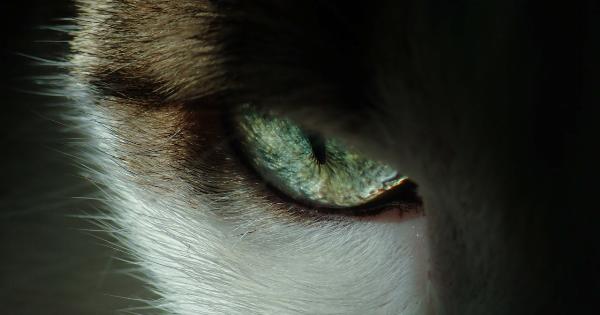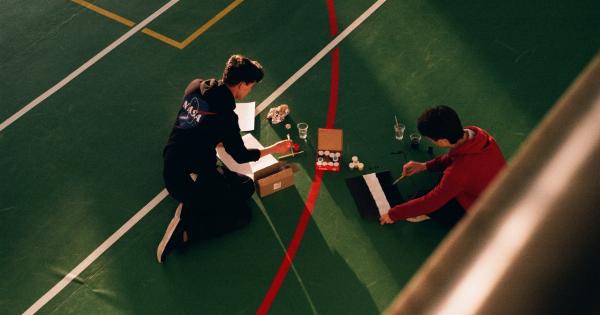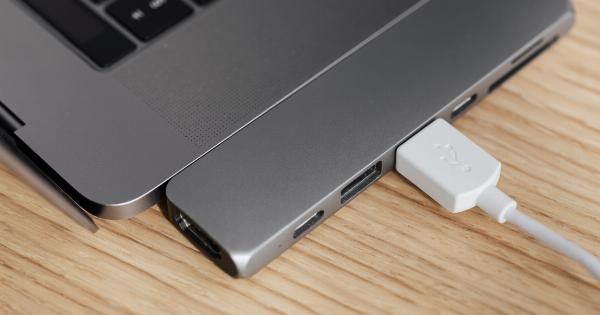Welcome to our comprehensive guide on why your pup may be snarling and showing signs of aggression.
It can be concerning and worrisome when your furry friend exhibits these behaviors, but fear not – in this article, we will delve into the possible reasons behind your pup’s aggression and provide some helpful tips on how to address it.
1. Fear and Anxiety
One of the most common triggers for aggression in puppies is fear or anxiety. Puppies may become aggressive when they feel threatened or scared.
This can arise from various factors such as new environments, loud noises, unfamiliar people or animals, or traumatic experiences.
To address this issue, provide your pup with a safe and secure environment. Gradually introduce them to new stimuli, people, and animals to help them build confidence.
Consult with a professional dog trainer or behaviorist who can design a customized training plan to reduce fear and anxiety in your pup.
2. Lack of Socialization
Puppies need socialization to develop appropriate behavior with other dogs, animals, and humans. Without proper socialization, they may exhibit aggression due to fear or inability to communicate effectively.
A lack of positive interactions can lead to defensive behaviors like snarling or growling.
To combat these issues, gradually expose your puppy to different environments, people, and animals. Enroll them in puppy socialization classes, where they can learn appropriate play, communication, and social skills under the guidance of professionals.
3. Resource Guarding
Resource guarding occurs when a puppy becomes possessive over food, toys, or other valuable items. This can manifest as growling, snarling, or even biting when someone approaches their prized possessions.
Resource guarding is a natural instinct, but it needs to be addressed to prevent aggression issues from escalating.
Consult with a professional dog trainer who specializes in resource guarding to develop a training program that helps your pup understand that guarding is unnecessary.
Teach your puppy to associate positive experiences with people approaching their resources and gradually desensitize them to the presence of others.
4. Lack of Training and Boundaries
Healthy boundaries and obedience training are vital for puppies to grow into well-behaved adult dogs.
Without proper training, your puppy may feel confused about their role within the household and display aggression to test limits or gain control over situations.
Enroll your pup in puppy training classes to establish basic obedience commands and teach them appropriate behavior.
Be consistent with your training efforts and ensure everyone in the household follows the same rules to avoid confusion or mixed signals that might provoke aggression.
5. Pain or Health Issues
Often, aggression in puppies can be a result of underlying pain or health issues. If your pup is exhibiting sudden aggression or snarling while being handled or touched, it’s essential to rule out any potential medical causes.
Consult with a veterinarian to conduct a thorough physical examination of your puppy. They will check for any signs of illness, injuries, or discomfort that might be triggering the aggressive behaviors.
Treating the underlying health issue can often help alleviate the aggression.
6. Oversensitivity to Touch or Handling
Some puppies may become snarly or aggressive when they are excessively sensitive to touch or handling. This could be due to genetics, past experiences, or a lack of exposure to gentle touch during their early development stages.
Gradual desensitization exercises can help your pup become more comfortable with touch and handling. Start by rewarding them for allowing gentle petting, and gradually increase the duration and intensity as they become more tolerant.
Always respect your puppy’s boundaries and never force them into uncomfortable situations.
7. Lacking in Exercise and Mental Stimulation
Puppies, particularly high-energy breeds, require plenty of physical exercise and mental stimulation to keep them happy and balanced.
Insufficient exercise and mental stimulation can lead to pent-up energy, frustration, and may trigger aggressive behaviors.
Ensure your puppy gets enough exercise through regular walks, playtime, and interactive toys. Incorporate brain games and puzzle toys to keep their minds occupied. A tired pup is less likely to engage in aggressive behaviors.
8. Genetic Predispositions
Sometimes, certain dog breeds may have genetic predispositions towards aggression. It’s important to research and understand the behavioral traits associated with your pup’s breed to anticipate any potential challenges.
Genetic predispositions do not guarantee aggression, and with appropriate training and socialization, many dogs can lead happy and well-balanced lives.
However, it’s crucial to be aware of the potential tendencies and take proactive measures to address them.
9. Positive Reinforcement Training
Positive reinforcement training is a highly effective approach to address aggression in puppies. Reward-based training methods help to build trust and strengthen the bond between you and your pup.
When your puppy displays non-aggressive behaviors or responds well to commands, reward them with treats, praise, or playtime. This approach encourages them to associate positive experiences with desired behavior and discourages aggression.
10. Seeking Professional Help
If your puppy’s aggression persists or escalates despite your best efforts, it’s essential to seek professional help.
Consulting with a qualified dog behaviorist or trainer who specializes in aggression can provide you with a tailored plan to address your pup’s specific needs.
Remember, aggression is a complex issue, and every puppy is unique. Patience, consistency, and understanding are key to helping your pup overcome their aggressive tendencies and become well-adjusted adult dogs.

